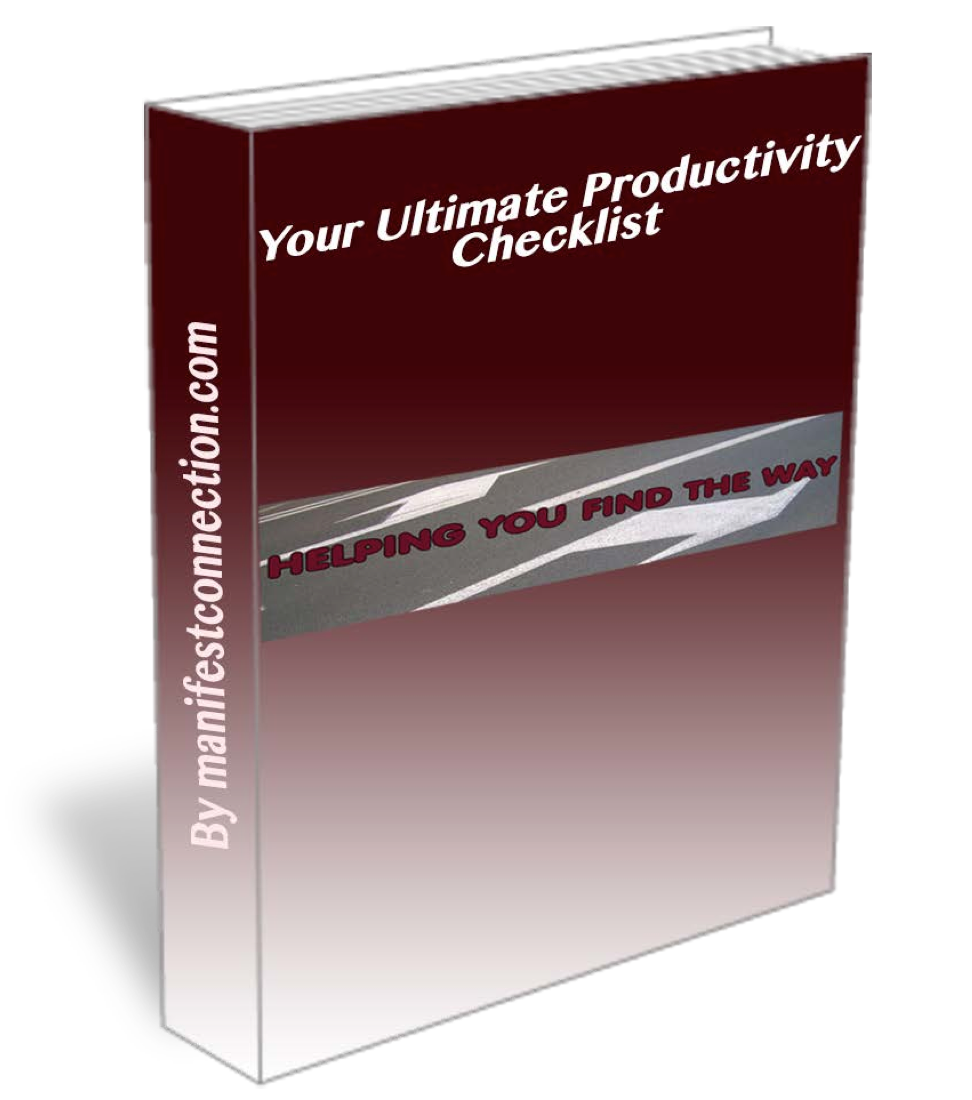A Powerful Tool You Seldom Use

EVERYONE BREATHES—well, everyone who is alive breathes. Breathing is something we do regularly, and usually it is something we do without having to apply any thought.
On average, adults breathe about 15 times per minute. Don’t try to count your respiratory rate for yourself, though. Self-awareness makes your frequency and depth of breathing change.
Your breath does not like to be watched.
Or does it?
In a Banff Centre Faculty Article, Dr. Jim Force points out that our most stressful times occur when we are either caught up in reminiscing about a past event or worrying about something that could occur in the future. The present moment is hardly ever unbearable.
Dr. Force suggests a way to relieve the stress: watch your breath.
How do you do that?
The article suggests a simple technique: Relax your tongue (let it “float”), and pay attention to your breath coming in … and your breath going out. Don’t try to control anything about your breathing. Just watch it. Don’t think about your breath; just feel it.
The promised payoff is that (with a little practice) you will find it is possible to breathe your way out of mental turmoil and experience a previously unrealized peace of mind.
Sounds a little freaky?
Research abounds concerning breathing exercises—and there is no bad news. Study after study shows that paying attention to how you breathe and learning to use your breath as a tool can be of real and observable benefit to those who invest the time and effort to simply sit and breathe.
You may want steer clear of those who claim meditation can enable you to travel to other planets, but all signs point to the wise use of breath as a means of better enjoying your time on this planet.
For example:
- A current study, reported in the March 2012 issue of The American Journal of Gastroenterology, indicates that GERD sufferers can significantly reduce their dependence upon medications by using breath control to strengthen the diaphragm muscle.
- A 2006 study by the University of California San Francisco, published in the Journal of Bodywork and Movement Therapies, found that those with low back pain ailments were able to show clinical improvement by the use of breath therapy.
- Dr. Sarah Brewer’s work at Seattle’s Group Health Research Institute displayed a 40% drop in stress levels reported by women in her study groups who learned how to observe and work with their breath.
On the deep end of the pool are those who say a lack of oxygen at the cellular level is the primary cause of ailments ranging from heart disease to cancer. That may be an overstatement of the situation—but are we missing out on a tool that is readily available to everyone, but is seldom used? Is our breath so much a part of our lives that we allow its power to go unnoticed?
Maybe.
From stress reduction and improved energy levels to emotional and spiritual benefits … breath work—simple exercises that ask us to pay attention to the moment—can be a natural means of improving your health without the expense and side effects of drugs.
Slow down. Breathe. Relax.
Photo By Abhisek Sarda (Flickr: Prayer by the Sea) [CC-BY-2.0 (http://creativecommons.org/licenses/by/2.0)], via Wikimedia Commons
Author Casey Windsong lives and breathes in the Great Northwest. Casey focuses on boomer health and environmental issues.





0 Comments